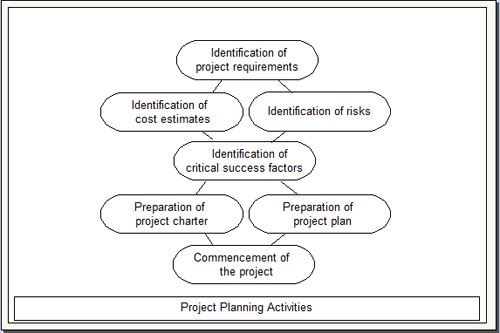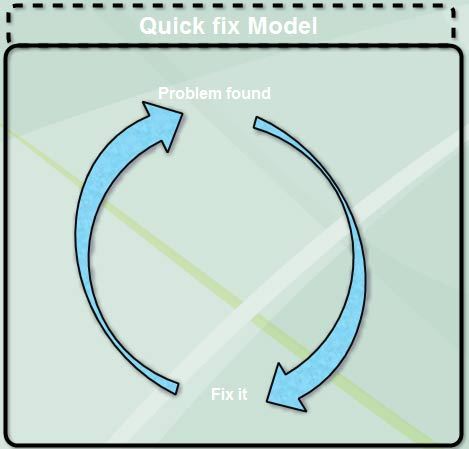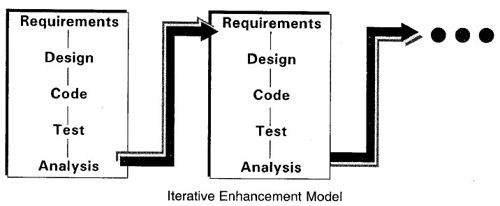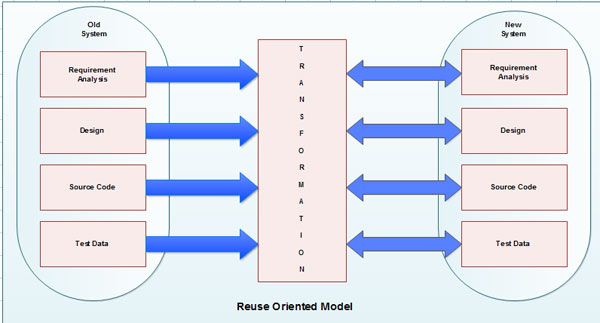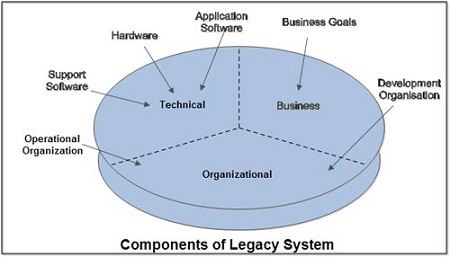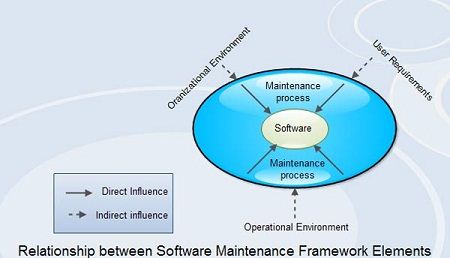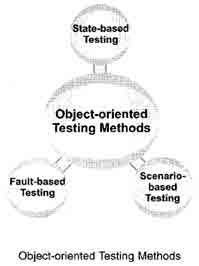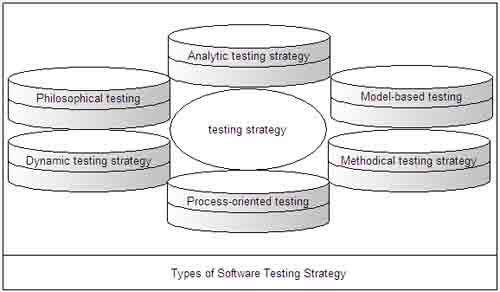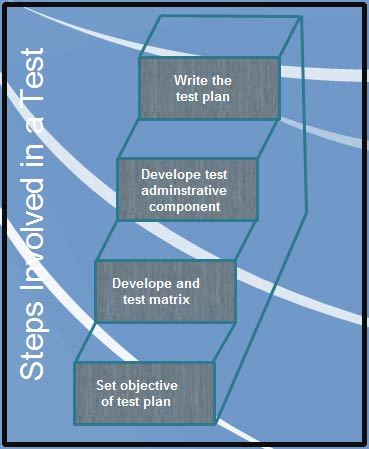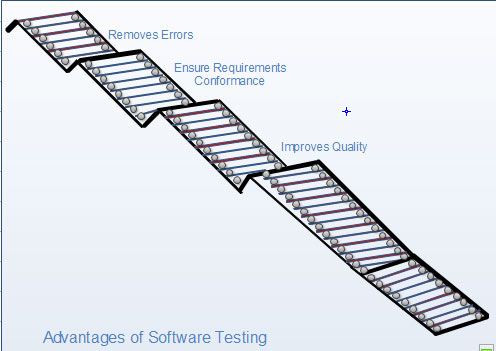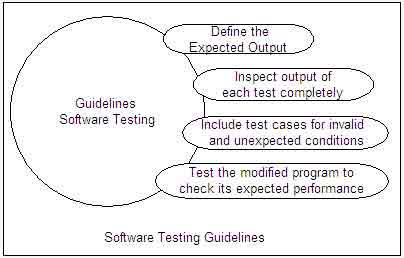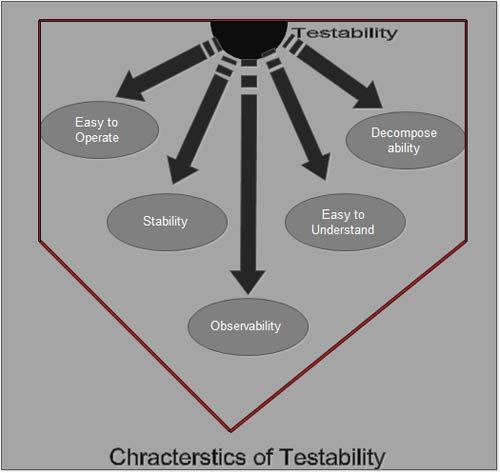Bottom-Up Design: Any design method in which the most primitive operations are specified first and the combined later into progressively larger units until the whole problem can be solved: the converse of TOP-DOWN DESIGN. For example, a communications program might be built by first writing a routine to fetch a single byte from the communications port and working up from that.
While top-down design is almost mandatory for large collaborative projects, bottom up design can be highly effective for producing ‘quick-and-dirty’ solutions and rapid prototypes, most often by a single programmer using an interactive, interpreted language such as VISUAL BASIC, LISP or FORTH.
